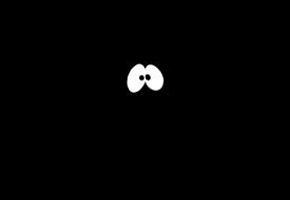Power black outs to worsen
 Business Reporter
Business Reporter
POWER cuts blighting Zimbabwe will get worse until early next month due to reduced generation at Kariba and statutory maintenance at Hwange. The two power stations account for most of the country’s power supply needs, but even in the absence of the temporary setbacks, fall short of demand. Littlecontribution, however, comes from Harare, Bulawayo and Munyati small thermal stations, which are operating at grossly suppressed capacity.
A similar exercise at Hwange thermal station between August and September 2012 took a total of 160 megawatts out of the national power grid. Power utility Zesa Holdings were not available yesterday to shed light on the extent of the loss to the national grid due to maintenance at Hwange. But the 750 megawatt Kariba South station will scale down output to a maximum 475MW after Zambezi River Authority cut down water allocation.
Zesa Holdings earlier said the reduced water allocation will also affect permitted maximum power generation for Zambia from 1080MW to 305MW.
ZRA reduced water allocation shared equally between the neighbouring power utilities to 40 billion cubic metres from the previous 45 billion cubic metres. his comes after studies showed that continuing at the previous water consumption rate would result in water levels falling below the prescribed levels. Water levels in the Kariba Dam, have fallen markedly this year due to the fact that the two countries did not receive good rains in the last season.
In July, the lake water levels stood at 480m above sea levels, 1,05 percent less than the same period last year against minimum draw down levels of 475m. The Zimbabwe Power Company generates electricity on the southern bank of the dam while Zambia power utility Zesco works on the northern end. Zesa Holdings yesterday said that generation would be reduced at Kariba South in compliance with ZRA’s directive to reduce water consumption. “Generation will be reduced from the normal 750MW until Dam levels have risen to the requisite levels,” the national power utility said in a statement.
It added that while thermal power stations were not prone to hydrological issues, units at Hwange will undergo statutory maintenance. This will affect generation between September 1 and October 7. “The power utility advises customers that the planned annual maintenance of Hwange and reduction in water levels will lead to changes being effected to previously publicised loading shedding schedule.
“Customers will experience suppressed power supplies until generation (at Hwange and Kariba) is brought back to normal levels,” Zesa said. Zimbabwe is constantly in the grips of rolling power cuts due to generation constraints largely caused by old equipment and insufficient capacity. The country requires 2 200MW at peak of demand, but was generating an average of 1 300MW to be dented by developments at Kariba and Hwange. This has raised the call for continuous initiatives to have wider generation mix to minimise the full impact of seasonal factors such as low rainfall.
